Do you know what is socially and culturally appropriate when visiting Aboriginal and Torres Strait Islander communities?Australia is home to more than 260 different Aboriginal and Torres Strait Islander groups, from cities to remote locations, each has their own distinct language and culture. We refer to each group as a Nation or Country.
Just like visiting any country, there are things you should know that will make your visit stress-free and rewarding.
Aboriginal and Torres Strait Islander communities are not all the same. Different groups observe different practices and rules. It’s best to listen to your guide and observe any instructions they may provide you. In some locations, there are strict rules around areas that you can and cannot enter. Some areas are of high cultural significance and are not places for visitors. It is best to check before you visit a community or area, these restrictions can also apply to fishing and swimming in waterholes and some areas may also be restricted to either male or female visitors.
Dress is also an important aspect when visiting traditional lands. Like in other countries different kinds of dress are appropriate and practical, additionally different parts of the body may be found offensive in different communities. It’s best to wear: Loose-fitting and long style (below the knee) clothing including shorts, skirts, pants, trousers and dresses.
Loose shirts or t-shirts with sleeves are also advised. If you are invited to swim, it is appropriate to swim with your clothes on, or t-shirt and shorts covering your swimming costume. You may be invited to sit on the ground, so wear clothing that will not cause embarrassment or discomfort.
Photography in some communities is not allowed. Be courteous and always ask people if it’s appropriate to take their photograph and taking photographs of children will require the permission of their parents or guardians. Be aware of any sacred sites around the community that will be off limits to you and photographing these sites without permission is strictly forbidden. If you are considering using your photograph/s for publicity purposes you must also obtain written permission from the subjects.
Travel into some Aboriginal and Torres Strait Islander communities require a permit, similar to visiting a National Park. In addition to regulating access, the permit system also provides guidance for visitors, ensuring their activities respect property, privacy, cultural beliefs and practices. Respect should be an inherent part of your interaction with everybody within the community as you would anywhere else in society. Respect and appropriate behaviour varies between communities. It is a good idea to always observe others and follow their lead, particularly in regard to shaking hands and eye contact.
Conversational style, idiom and etiquette differ between language groups. Generally direct questioning is not very common (or polite) in Aboriginal conversation and if included questions are usually simple. Please also be aware that the removal of rocks or other objects from Aboriginal and Torres Strait Islander land or waters without the permission of traditional owners is disrespectful and the disturbing of cultural sites is prohibited by Australian law.
If you follow these simple guidelines you will be welcomed warmly and you will enjoy your experiences in Aboriginal communities. You may even make some new friends.
Citations
- Roberts, Phillip. “RAHC Cultural Orientation Handbook.” Remote Area Health Corp, 2020, www.rahc.com.au/.
- Sealink, NT. “Tiwi by Design.” Sealink NT , 2020, www.sealinknt.com.au/tiwi-islands.
- Image Credit: Tourism Australia


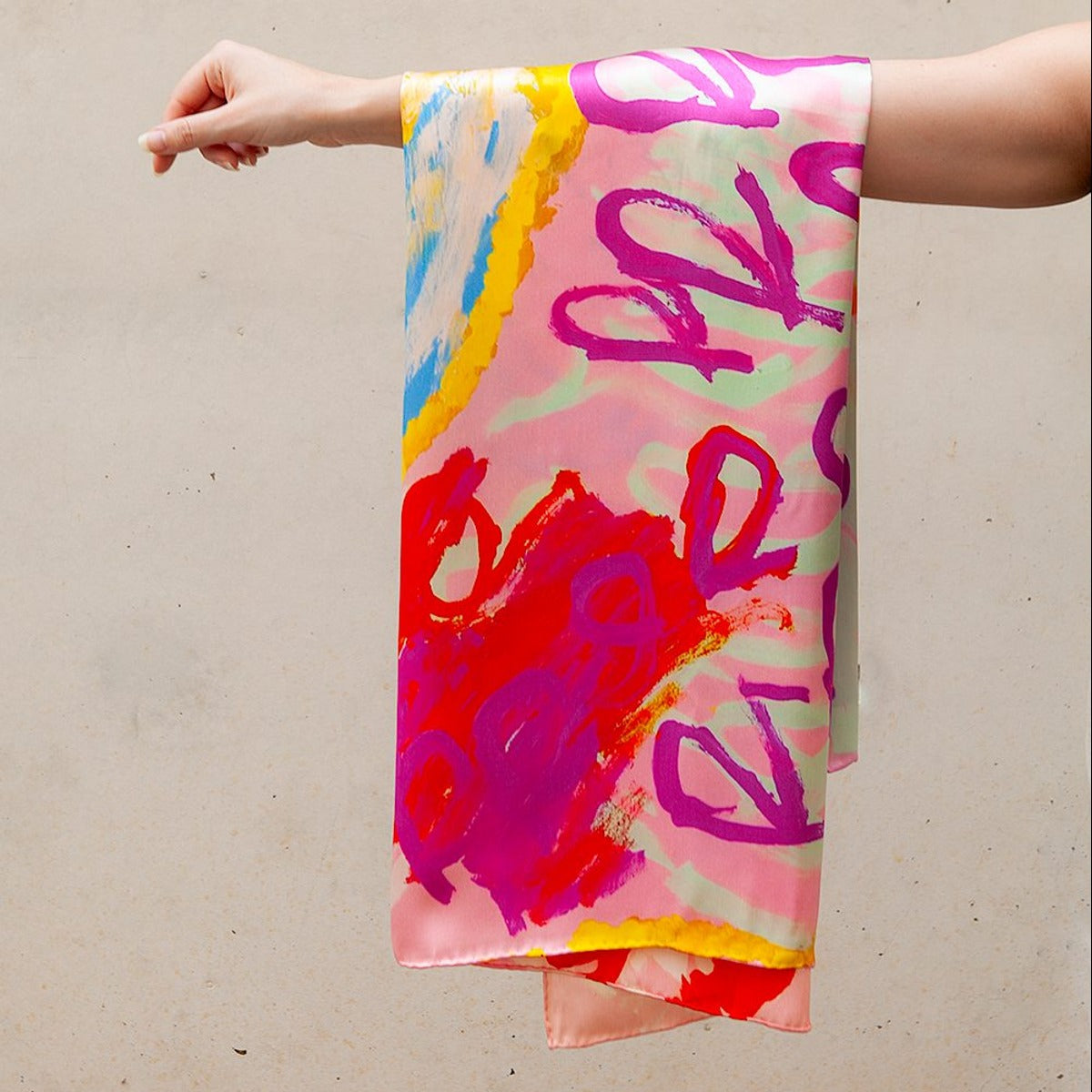
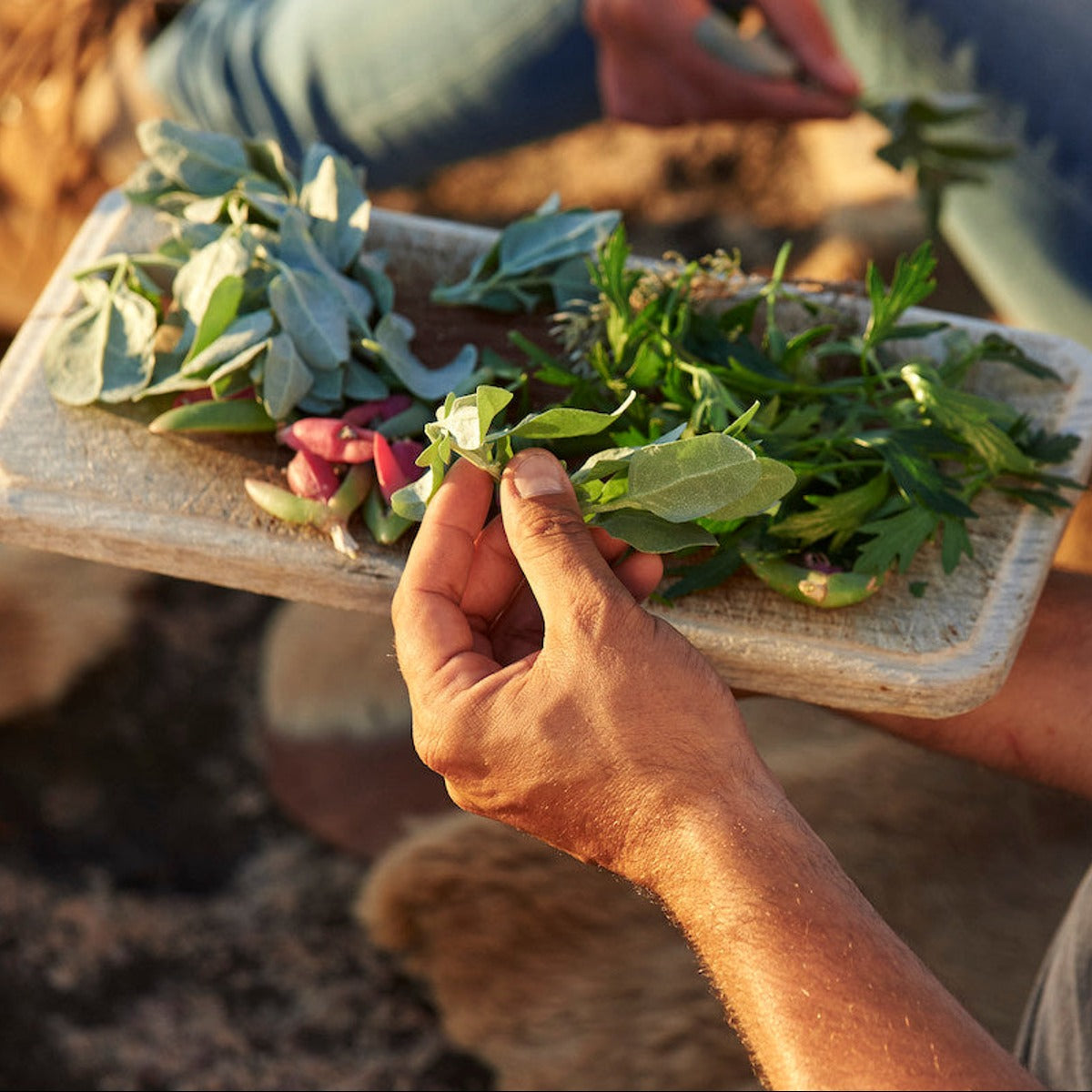
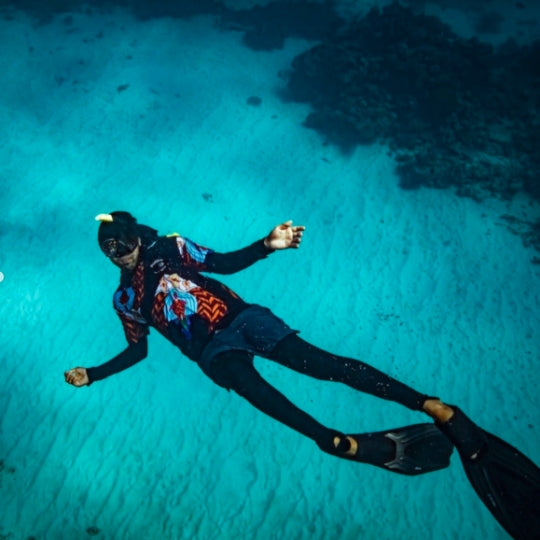
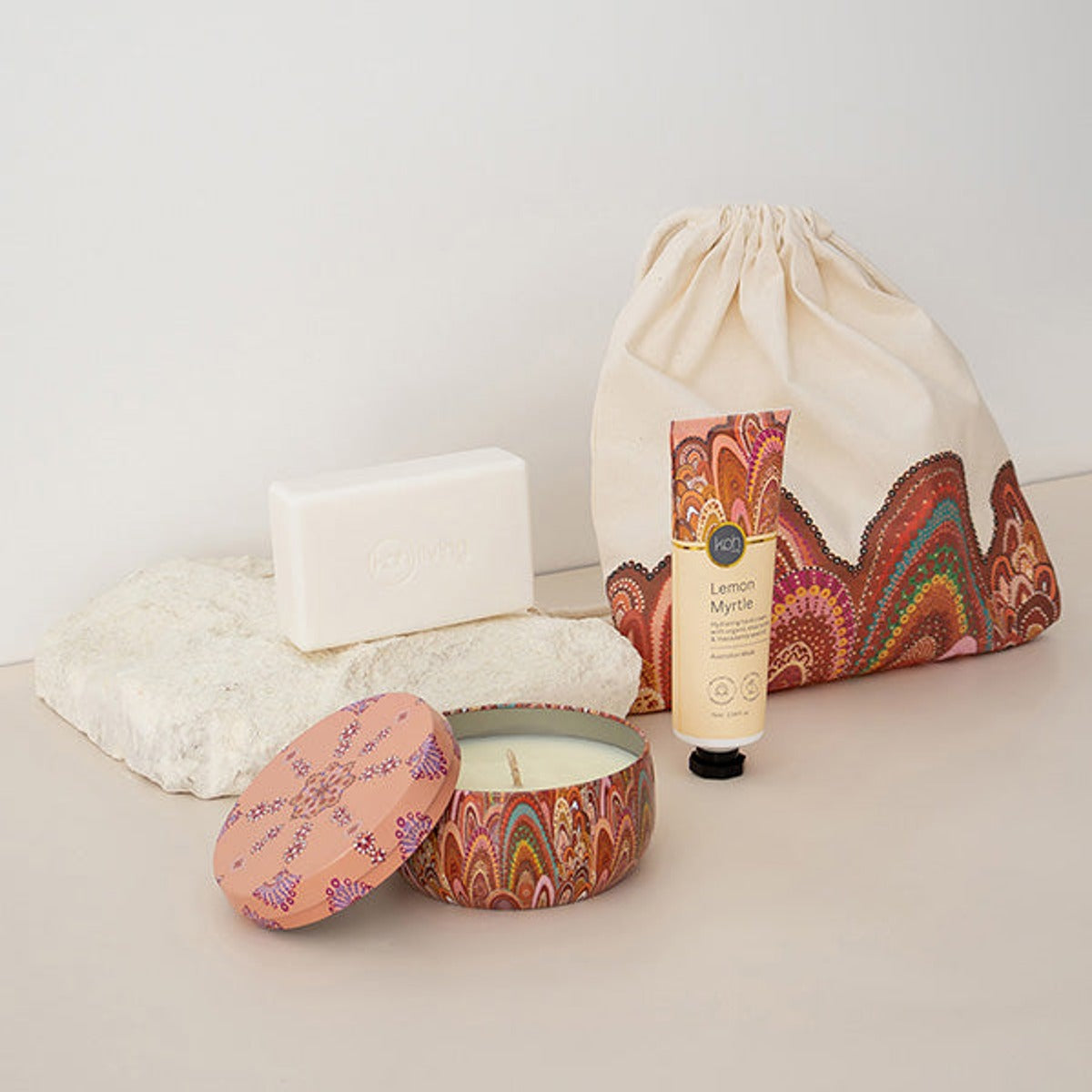

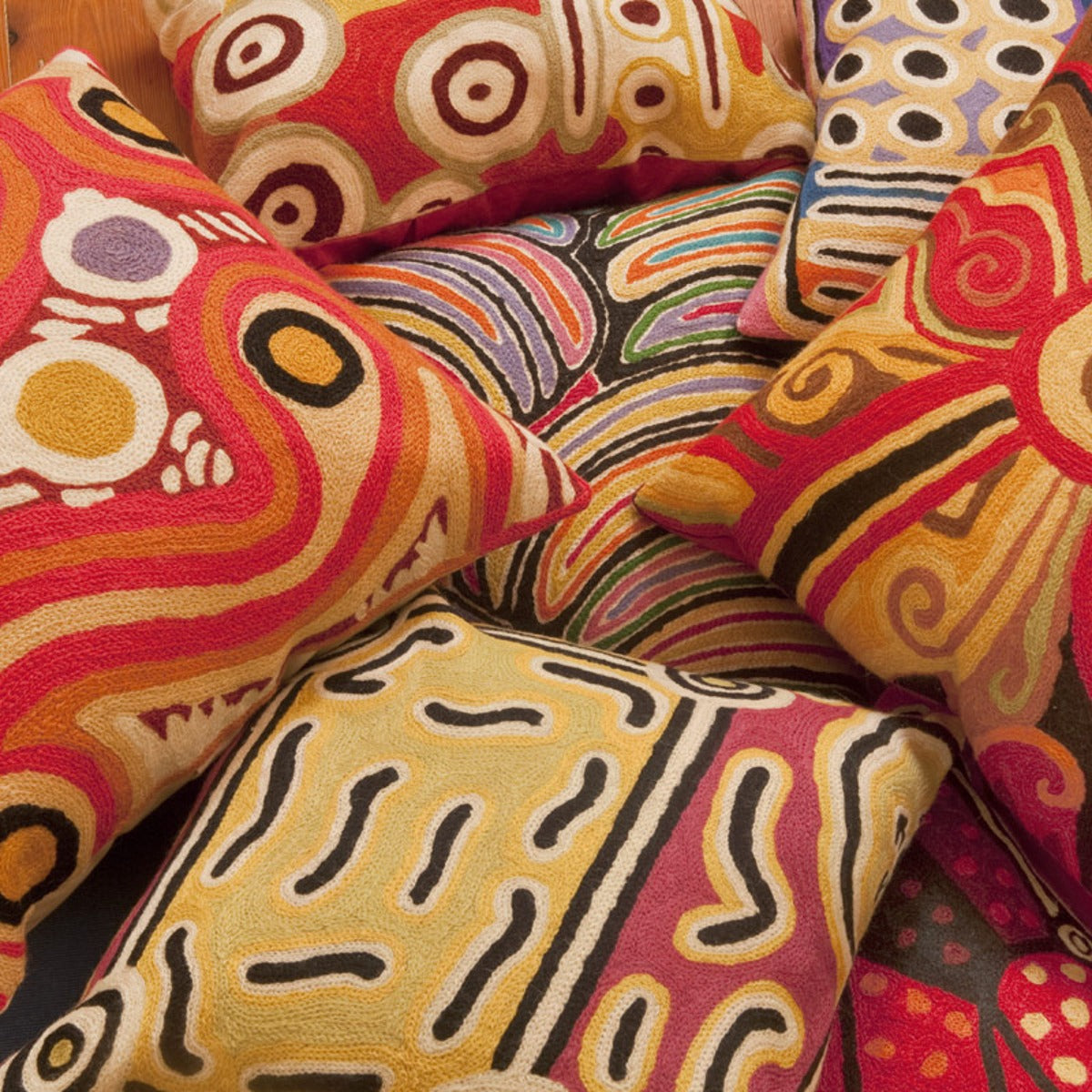
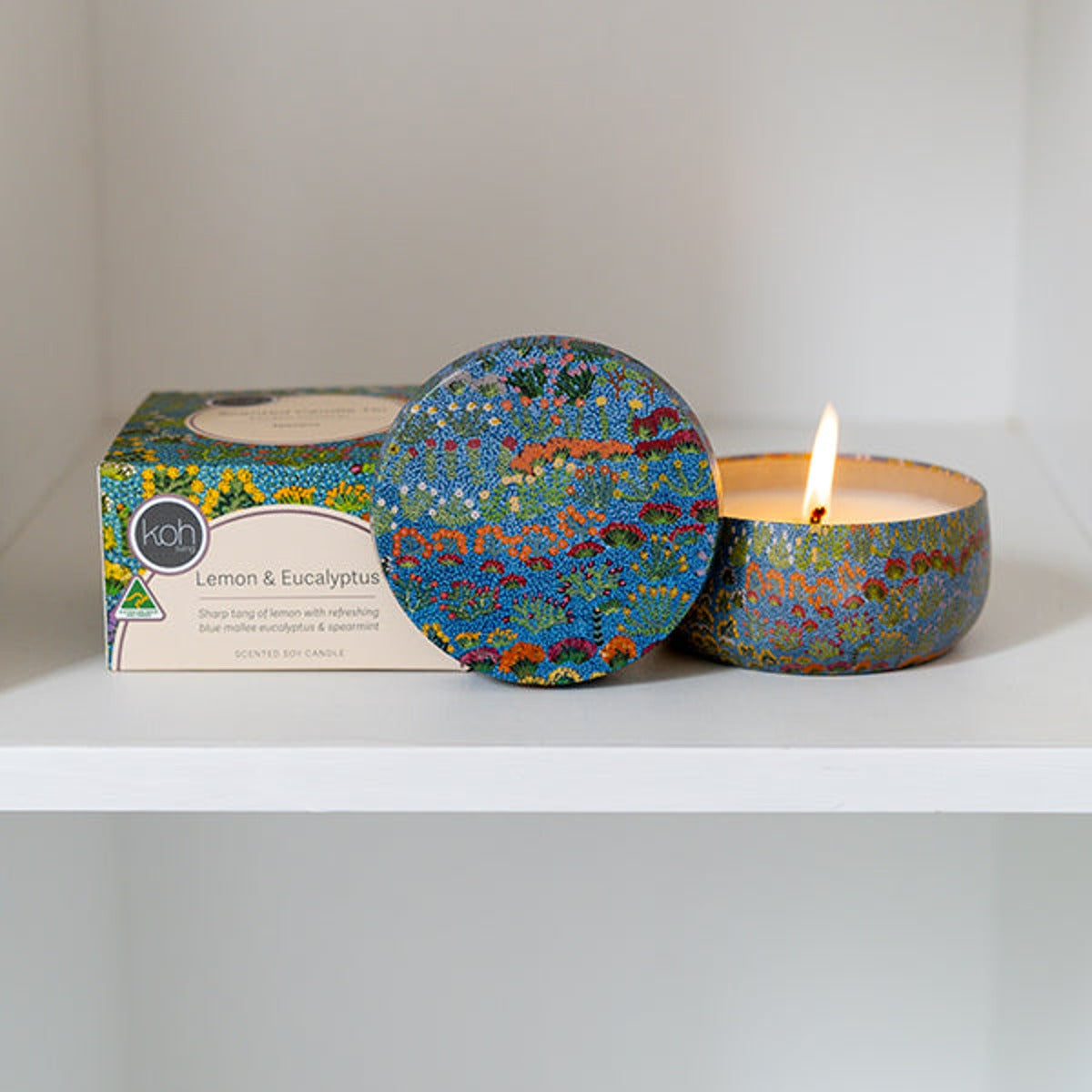
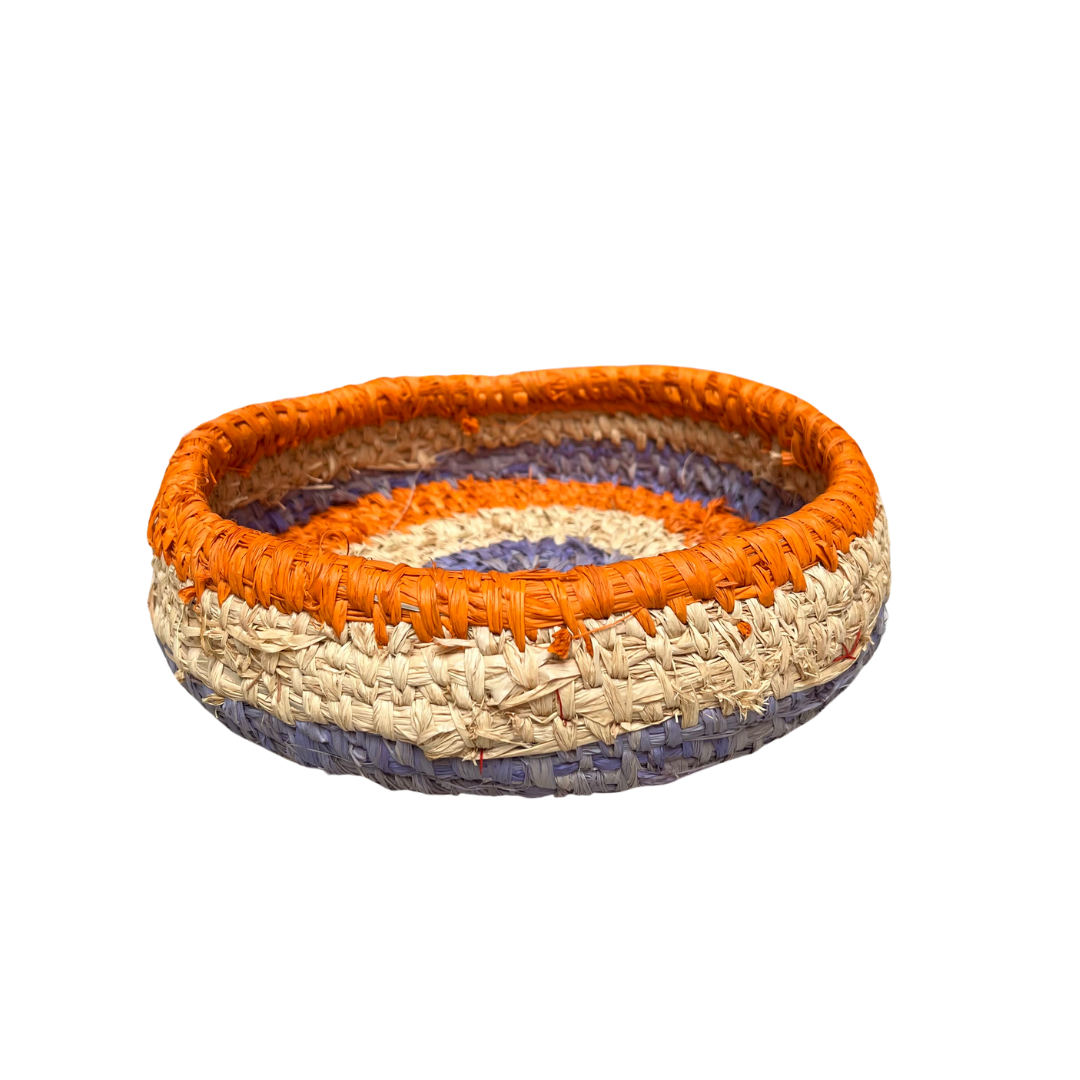
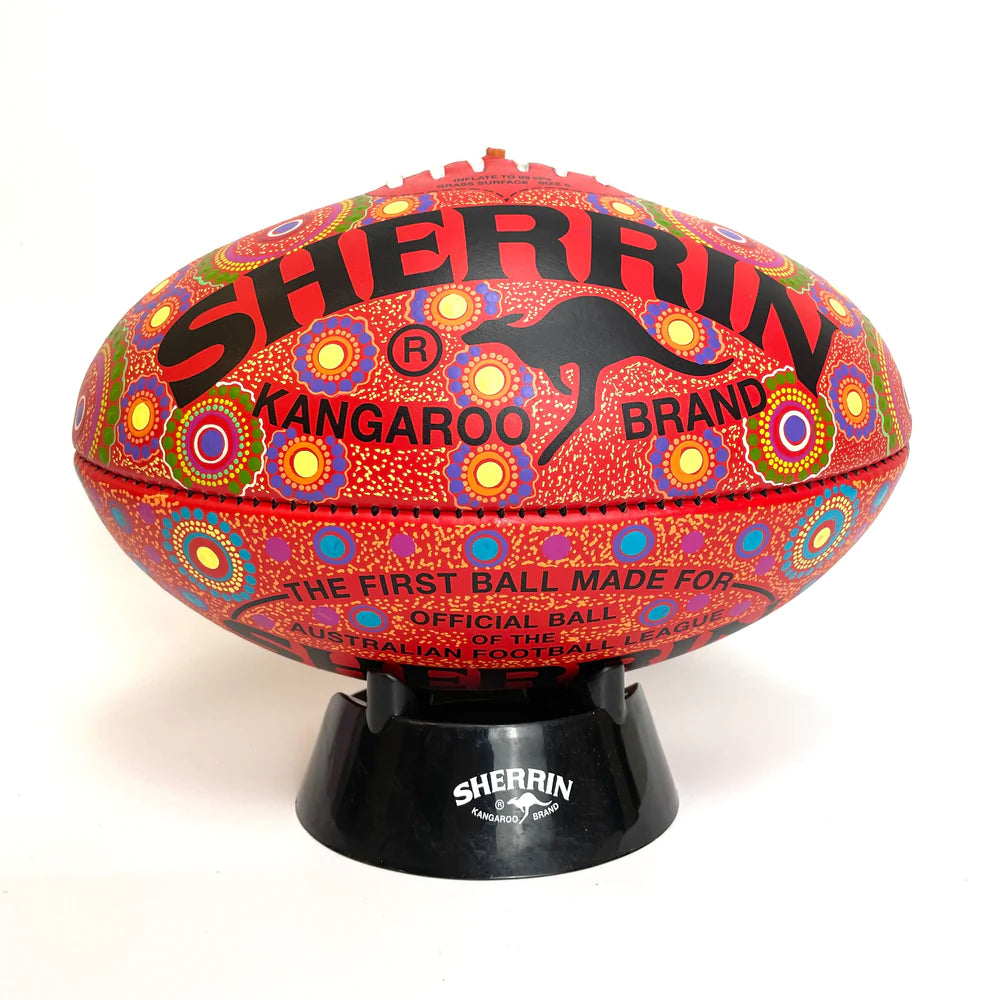

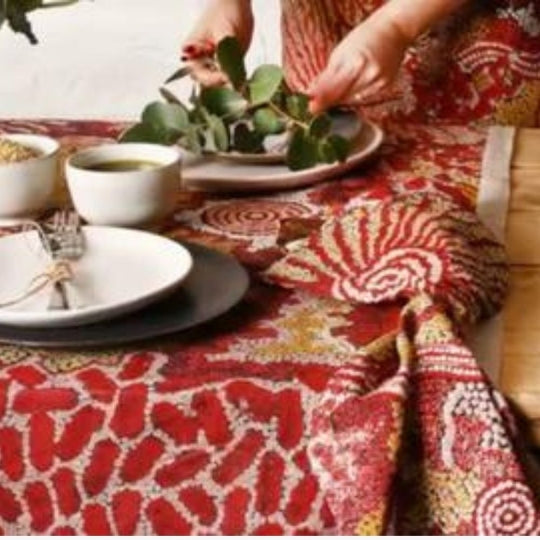
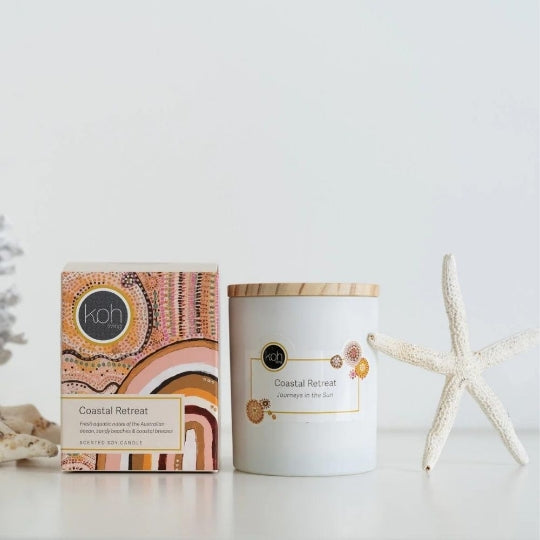
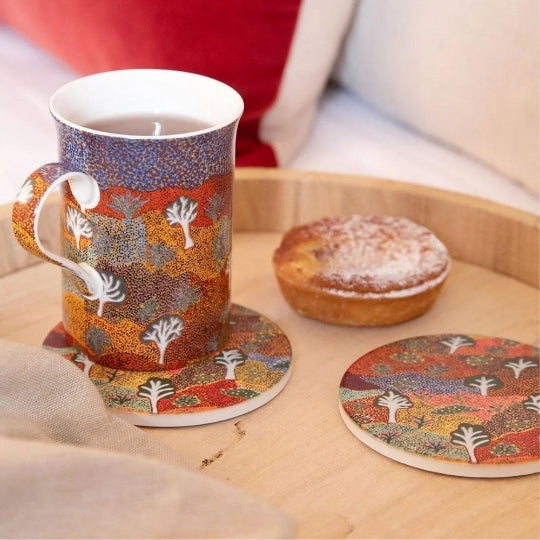
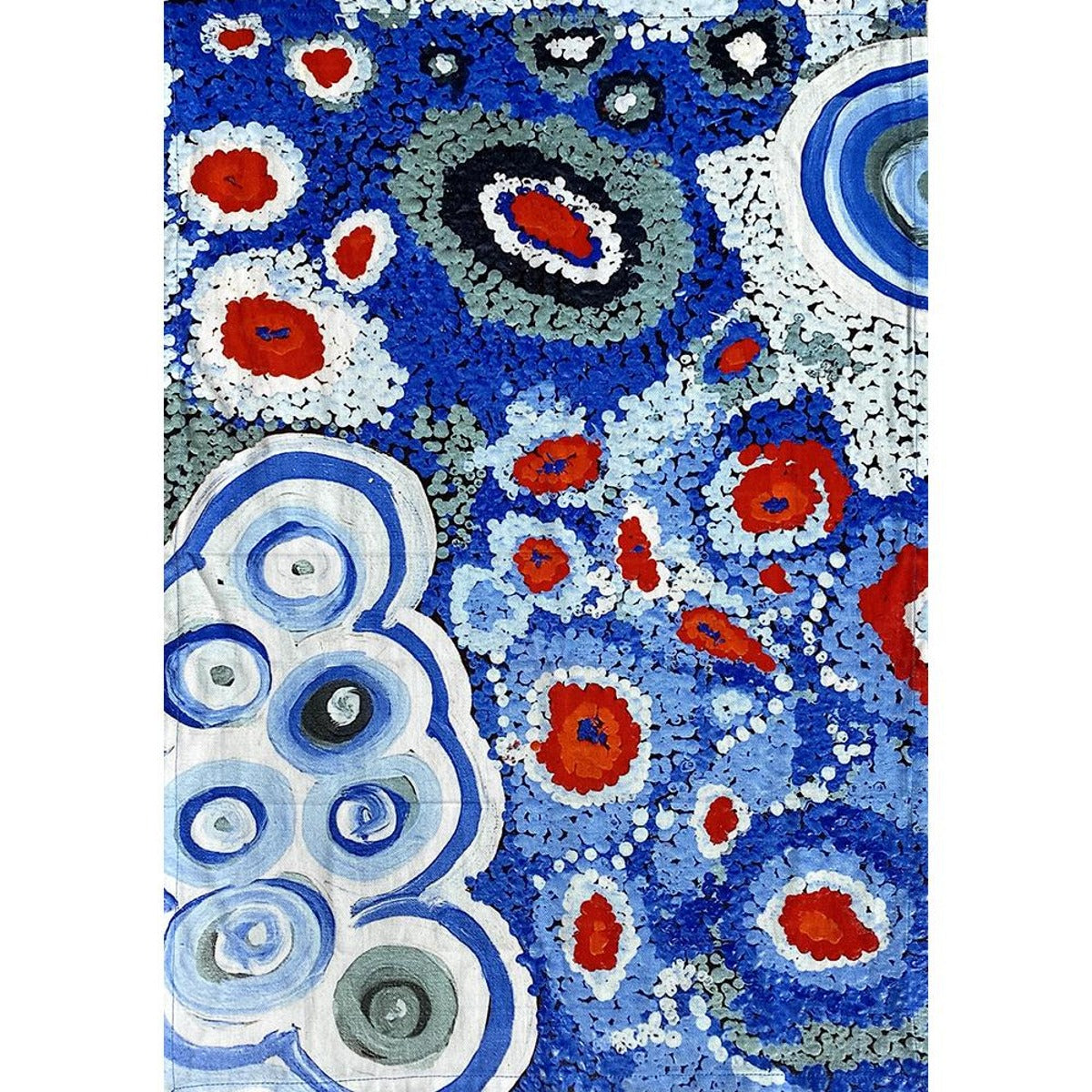



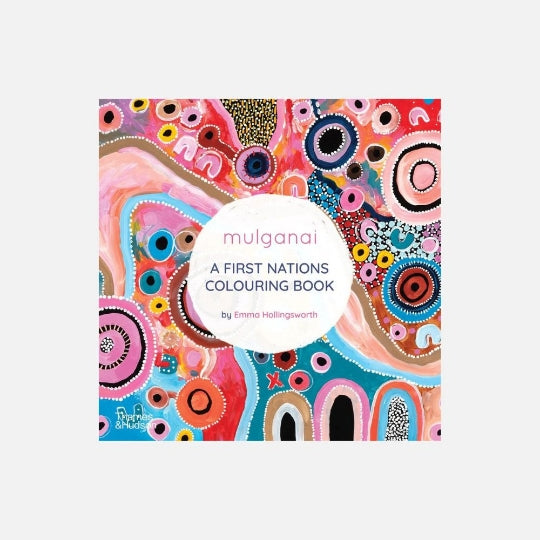
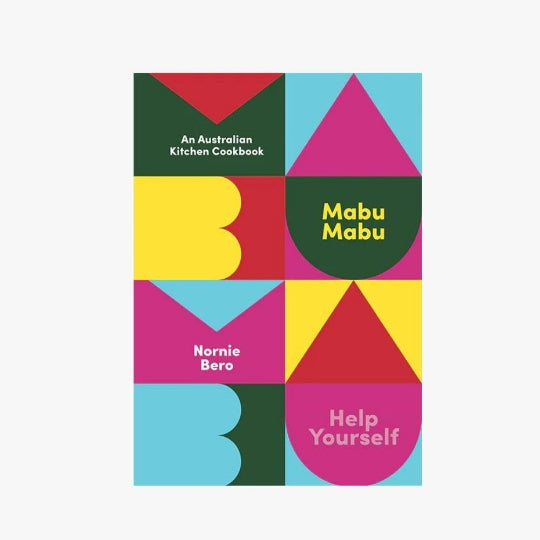
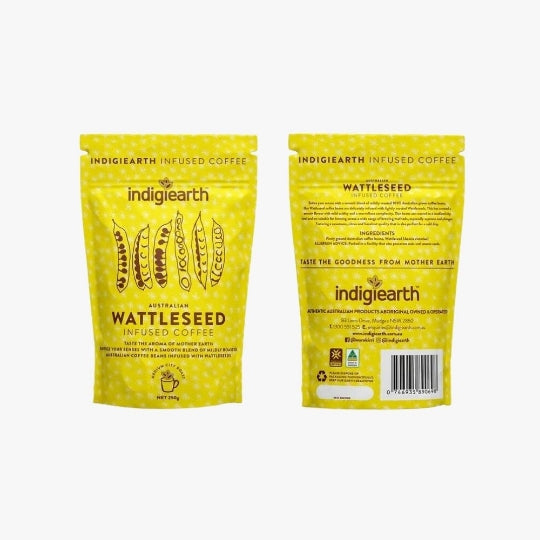

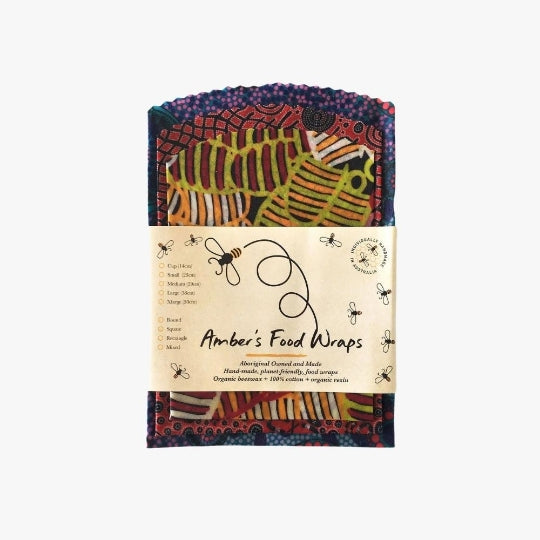

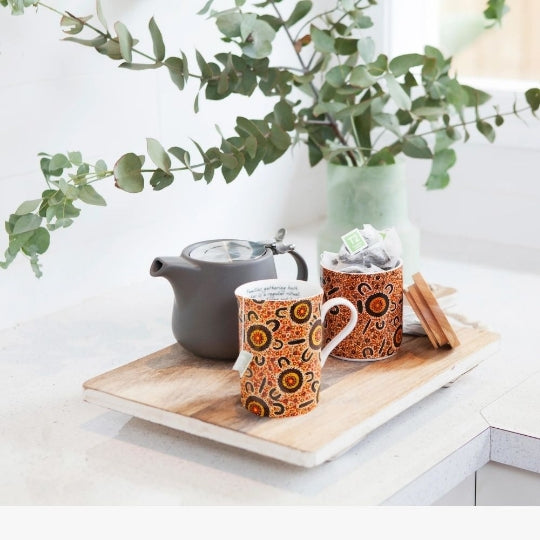
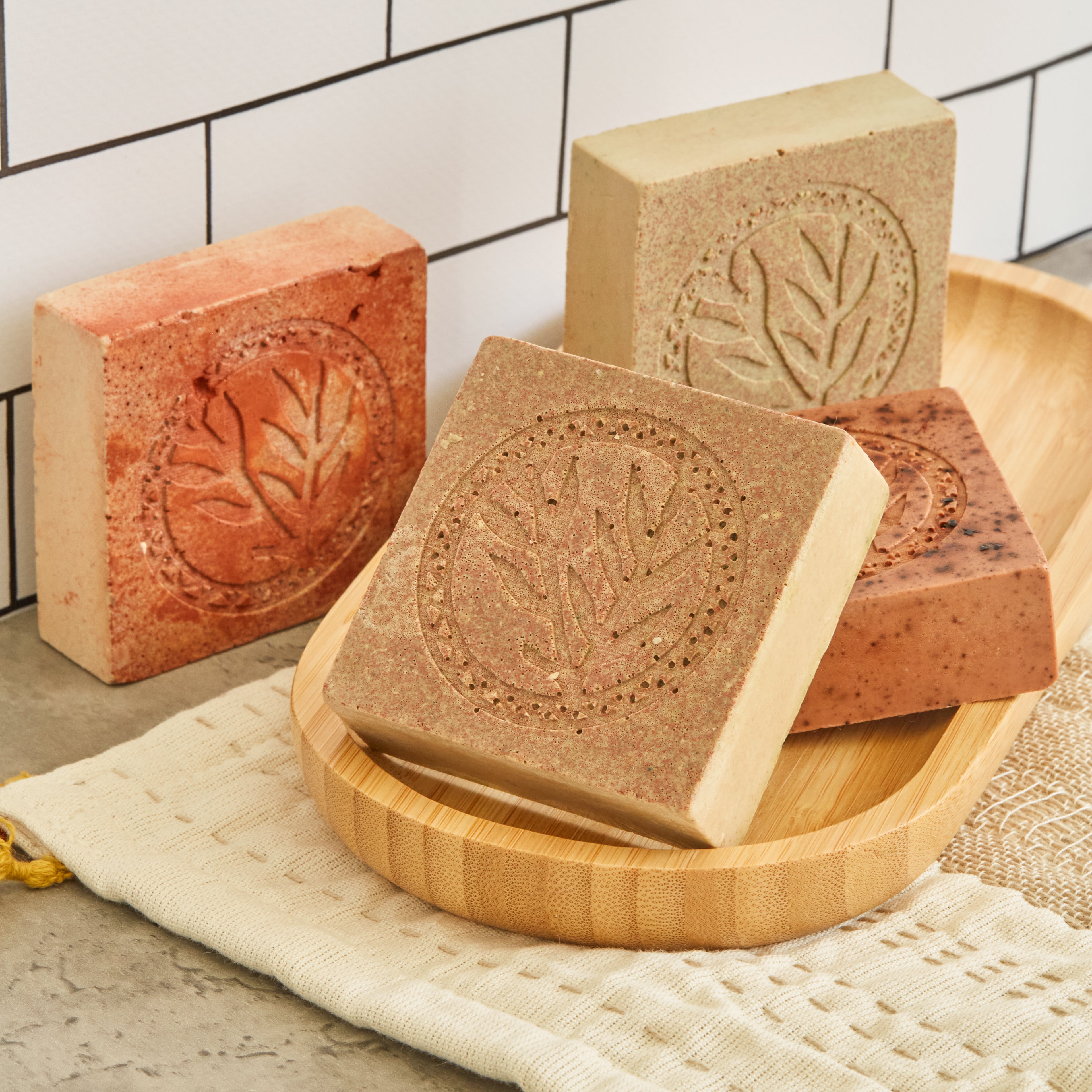
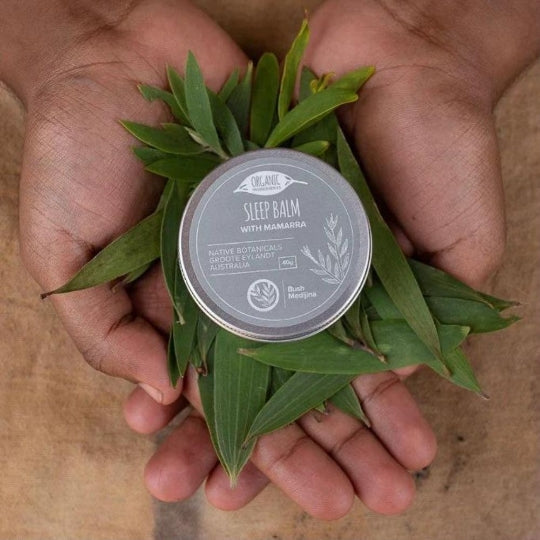
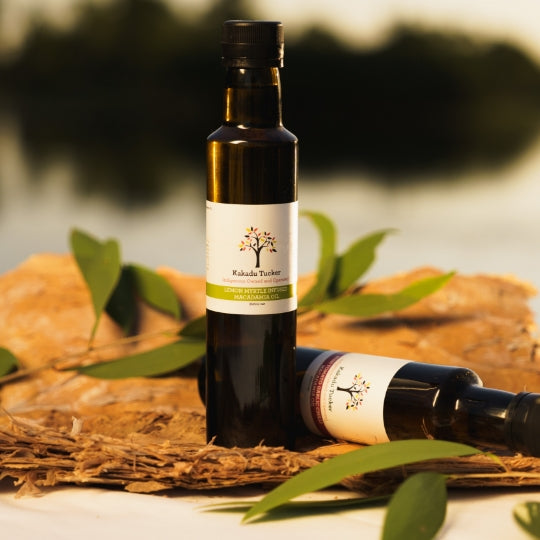

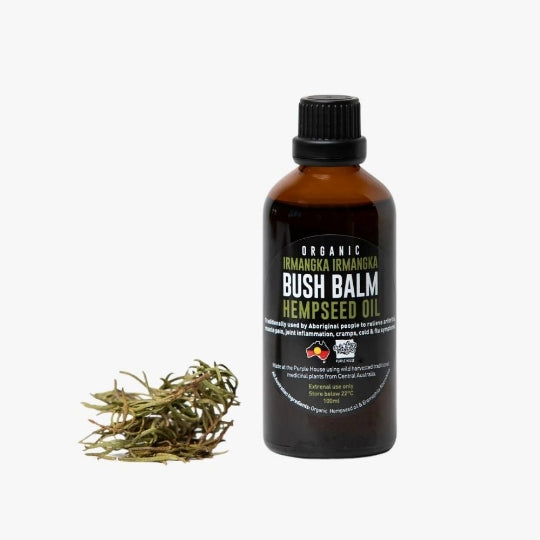
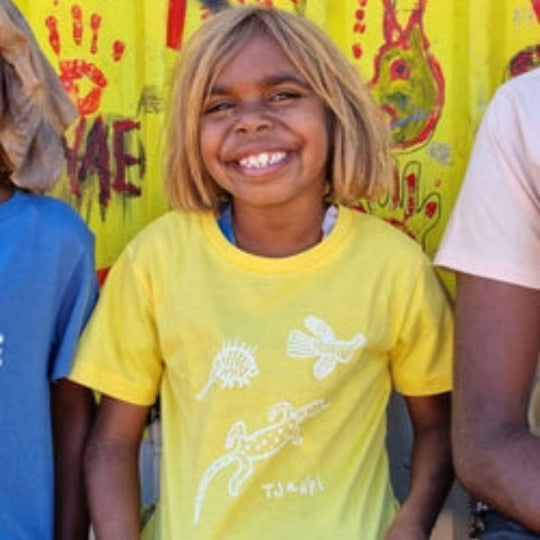
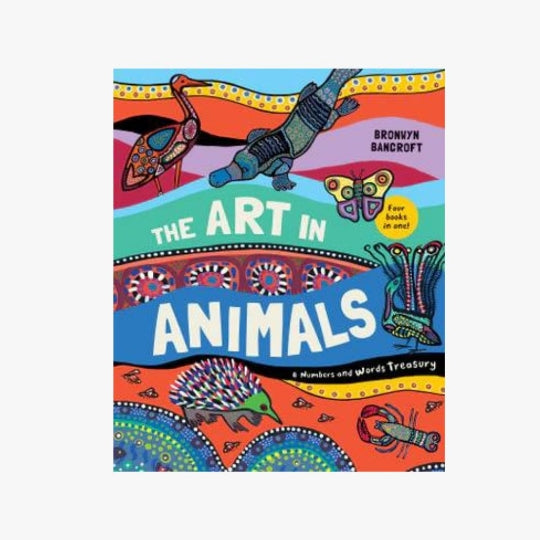
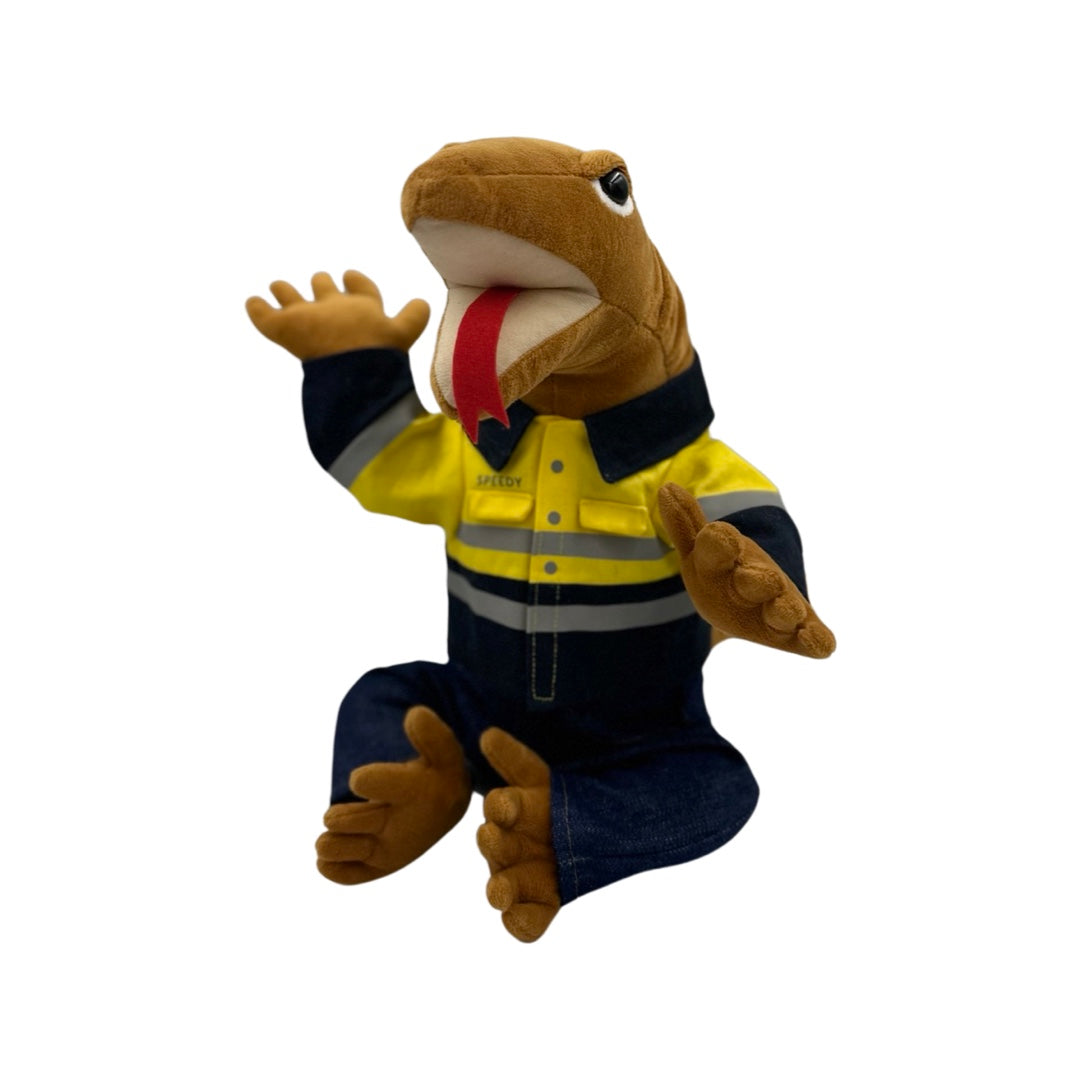
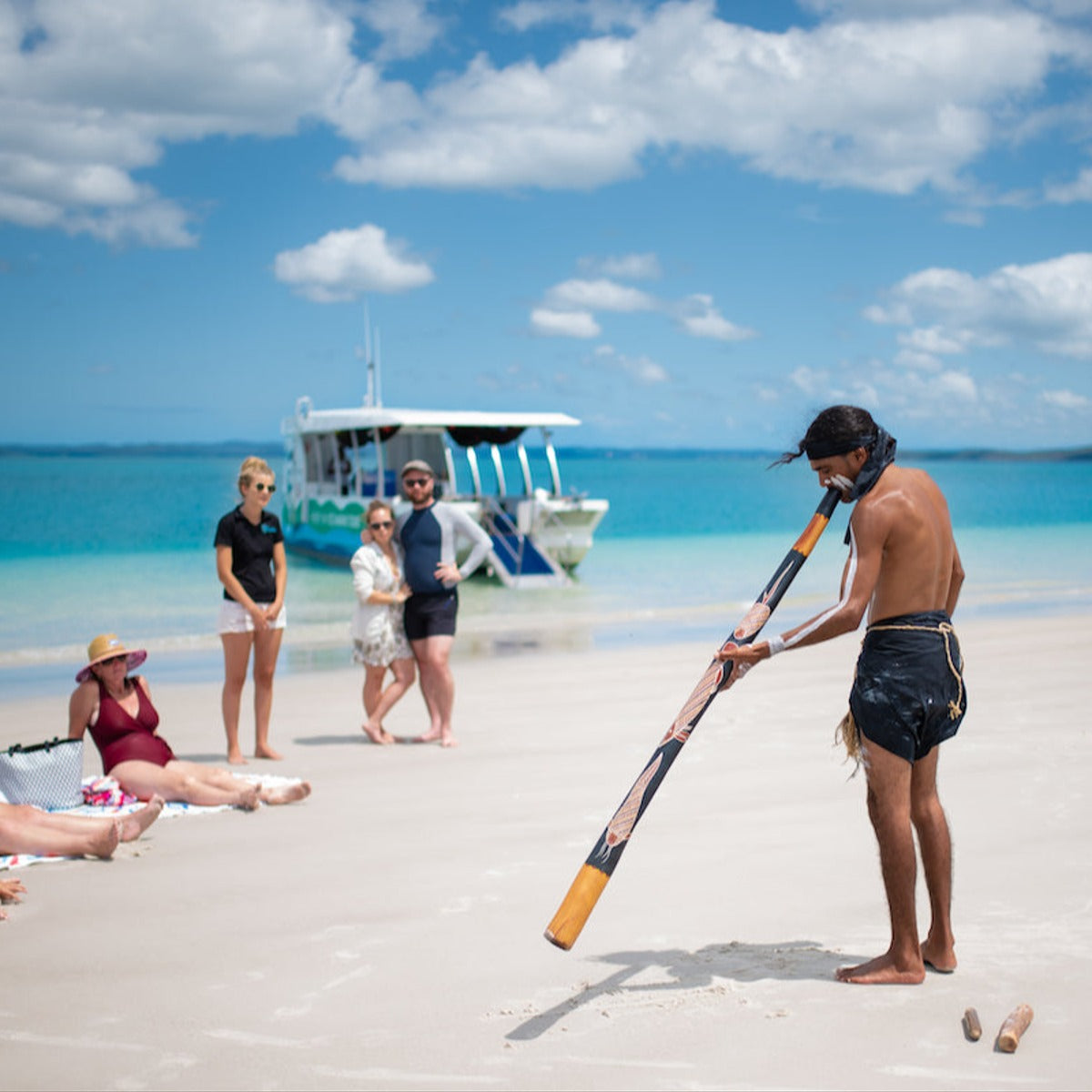
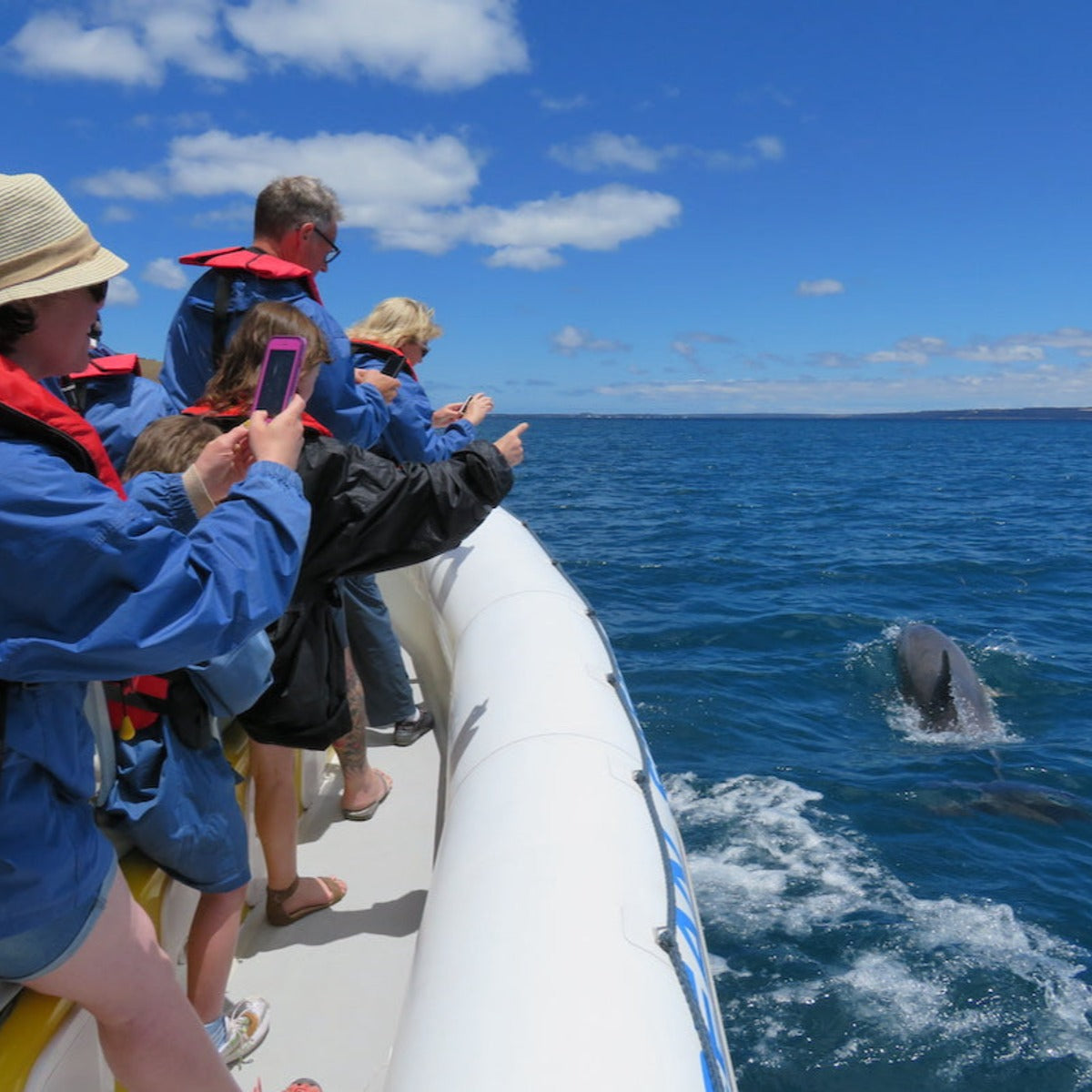
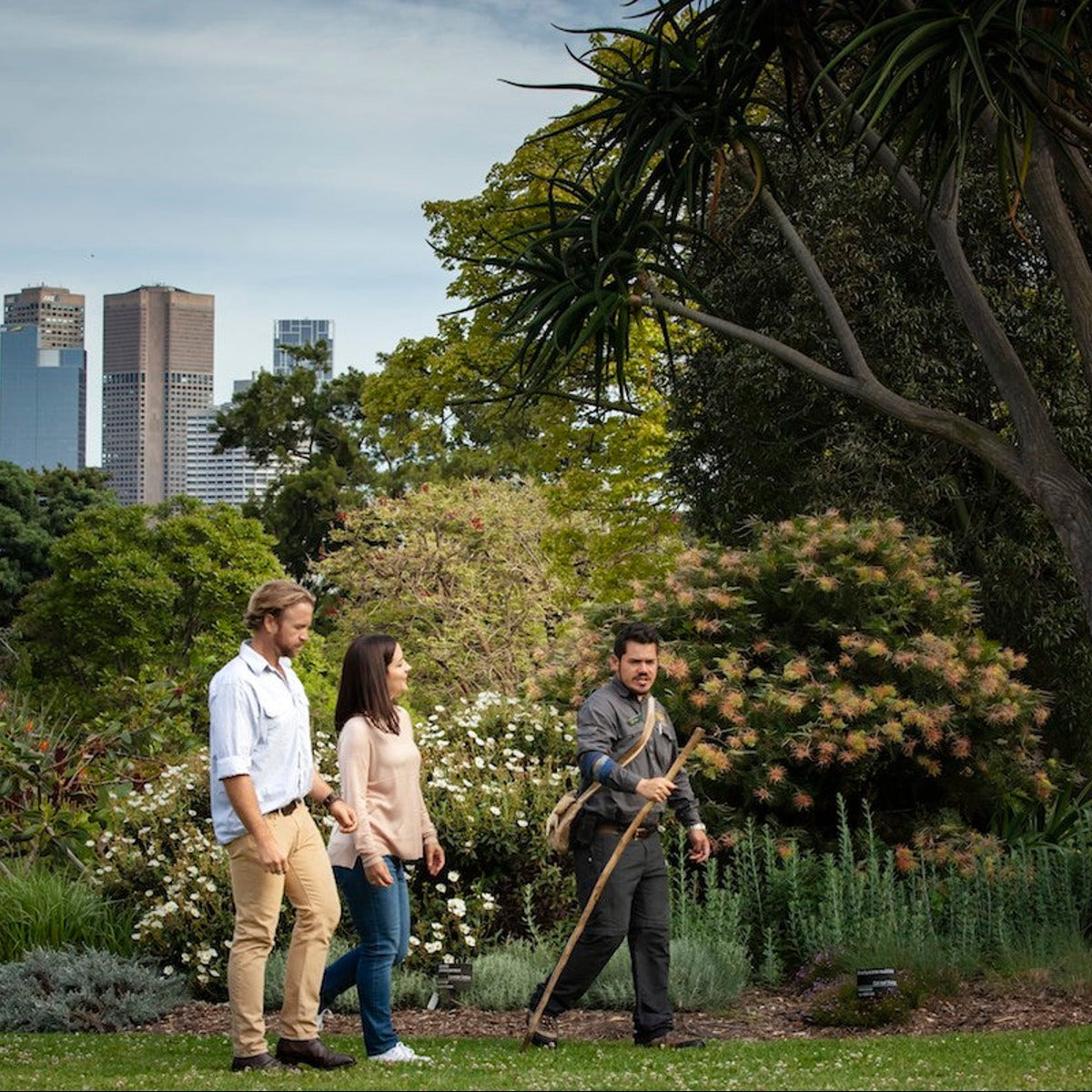
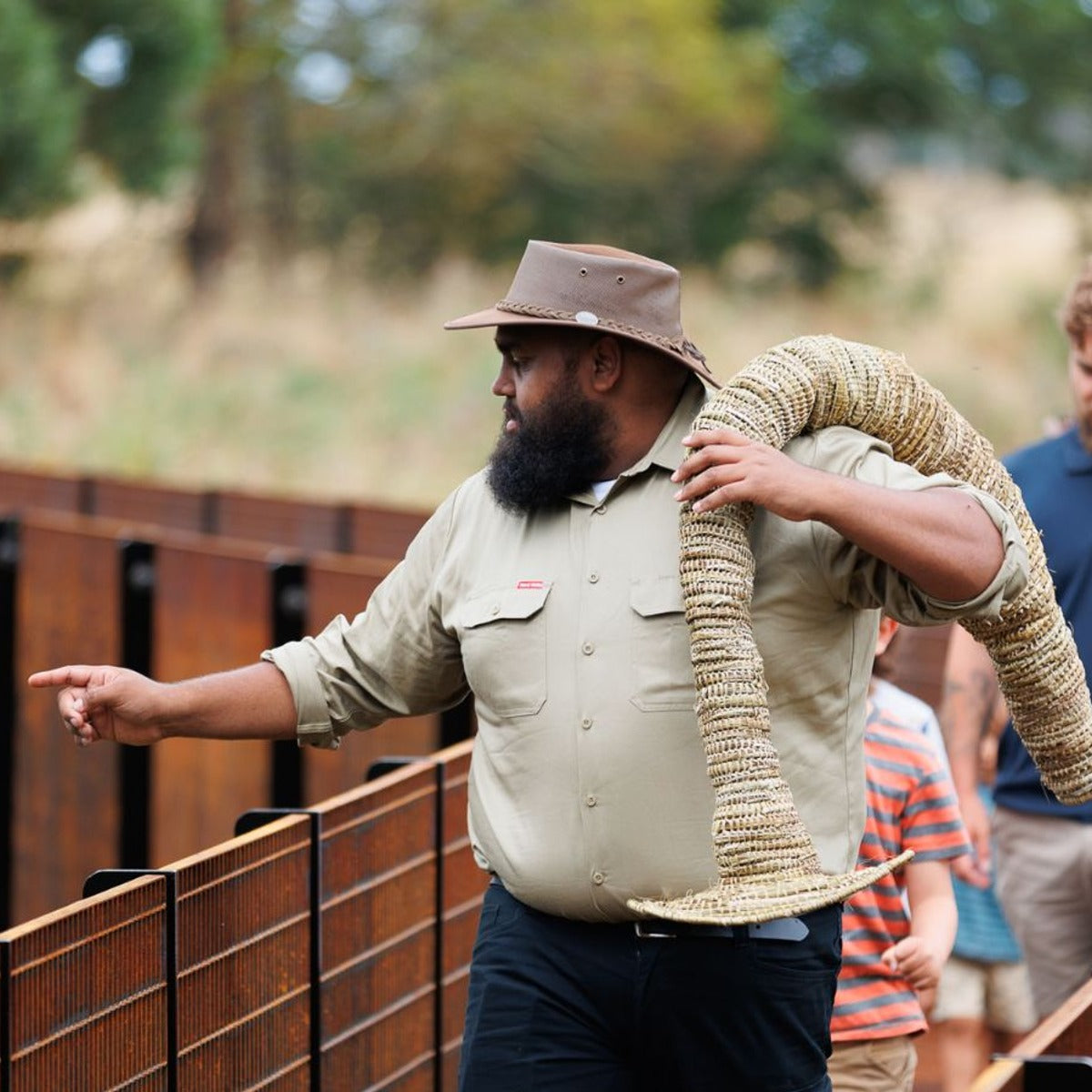
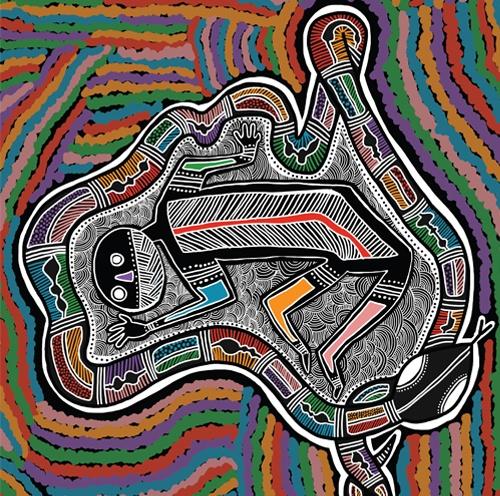


Leave a comment
This site is protected by reCAPTCHA and the Google Privacy Policy and Terms of Service apply.